TL;DR
- Senior finds webapp 0-day in old software
- I find a developer fuckup
- Our teamwork leads to us pwn’ing a client HARD
- PII leaks / Modifications to live data / Financial damage
Disclaimer
A lot of the text and images in this post will be heavily redacted because:
- The software company which produced the software no longer exists
- therefore bugs cannot be patched
- As far as I know, the client site is still running and may be vulnerable
- At least 1 other company has a website using this software
- My senior might want to hold on to this 0-day for CVEs etc…
Background
It was a chill Friday for me, I had no projects that day when my senior @Osirys approached me for help with a vuln he found. I was a bit reluctant at first as I had other plans but decided eh why not! ![]()
The 0-day
The web application didn’t seem very interesting at first, just a weird welcome/login page with a 90’s look that would tell you to fuck off if you entered invalid credentials.
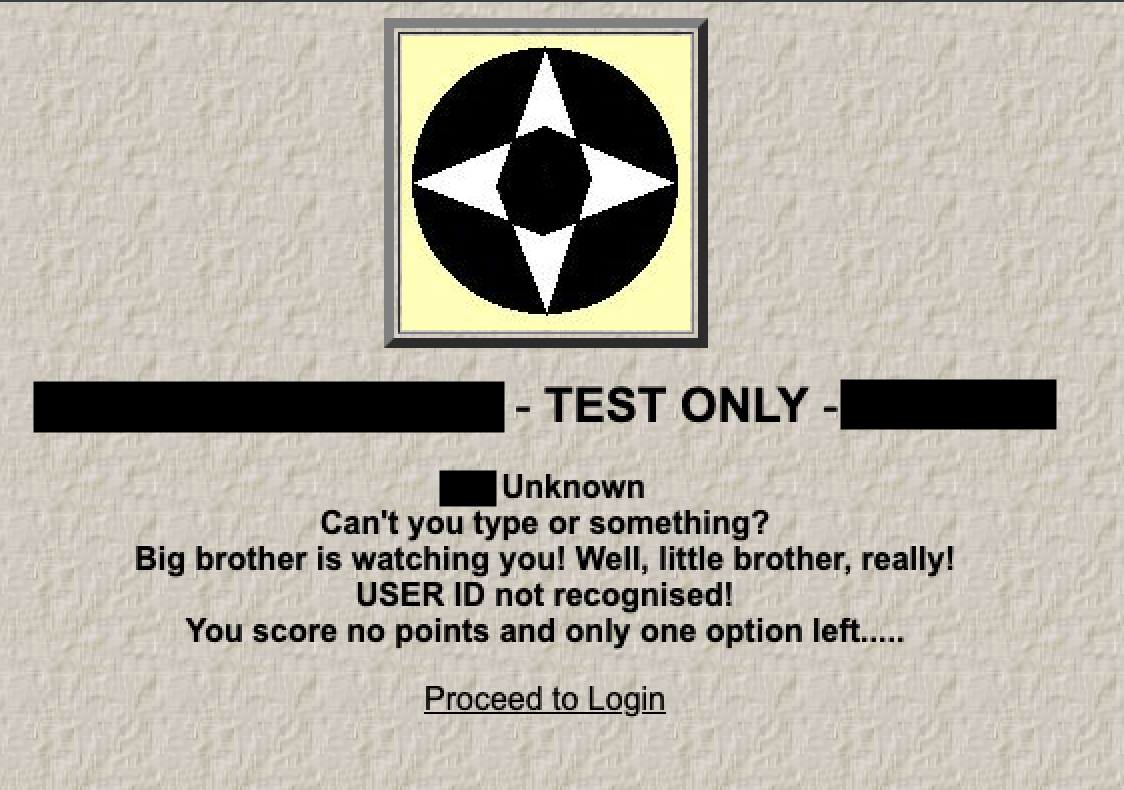
Discovery
While directory brute-forcing, he discovered a /tools directory! 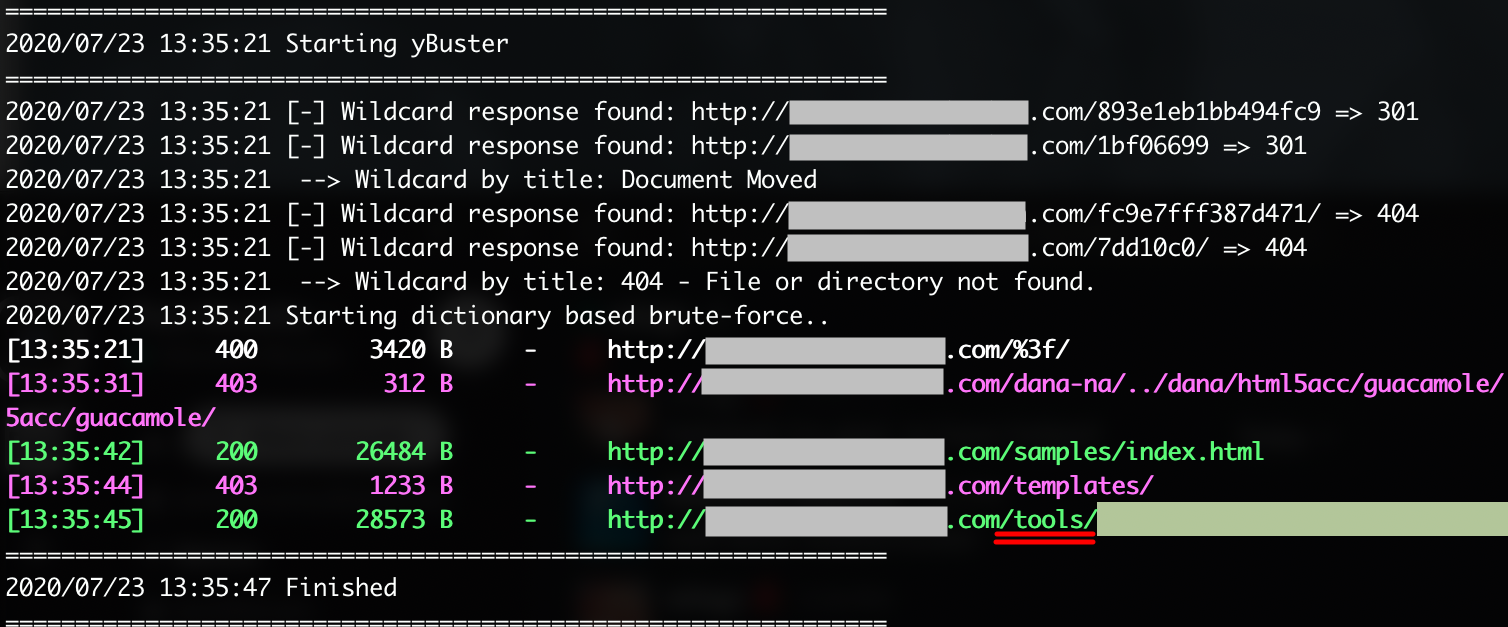
This led him to a completely new page, which included Documentation and Examples/Samples of certain things…
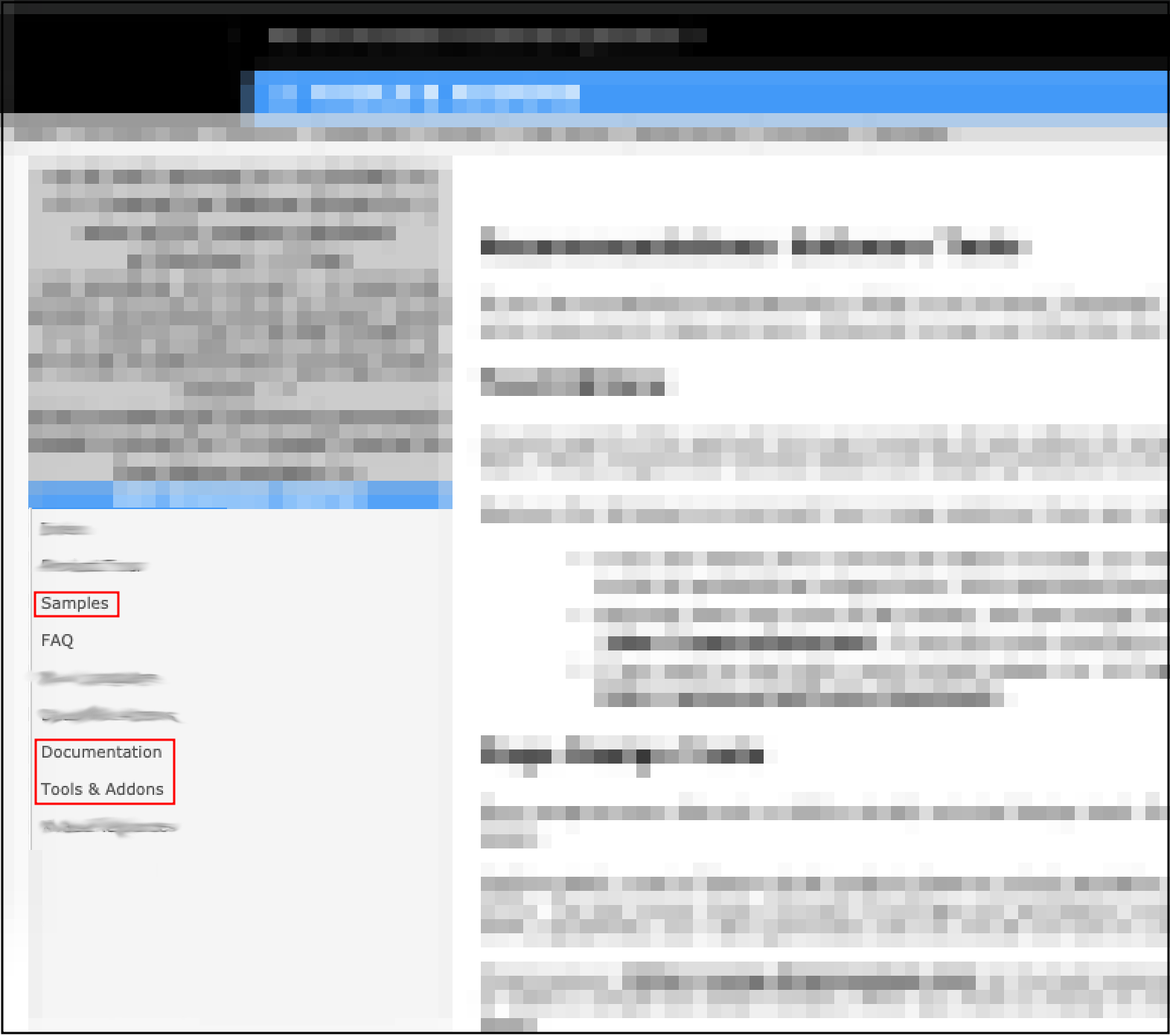
Initial exploitation
By browsing around, there were a couple of Samples to play around with, one of them was an email subscription functionality.
What was important was the bottom of the page:


I guess the developers in early 2000’s didn’t know the dangers of
Local File Disclosurehuh
From there, he used the LFD to look at local files —
(even finding the config file for the webapp, sadly no creds were stored) 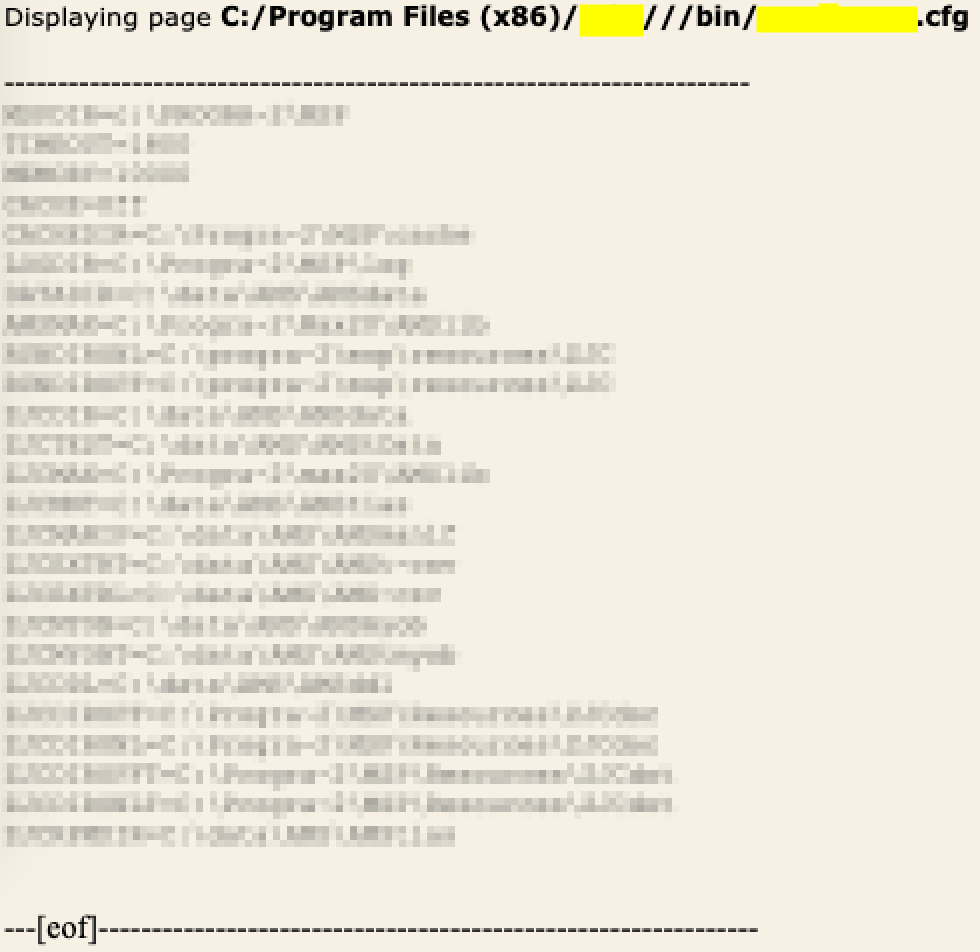
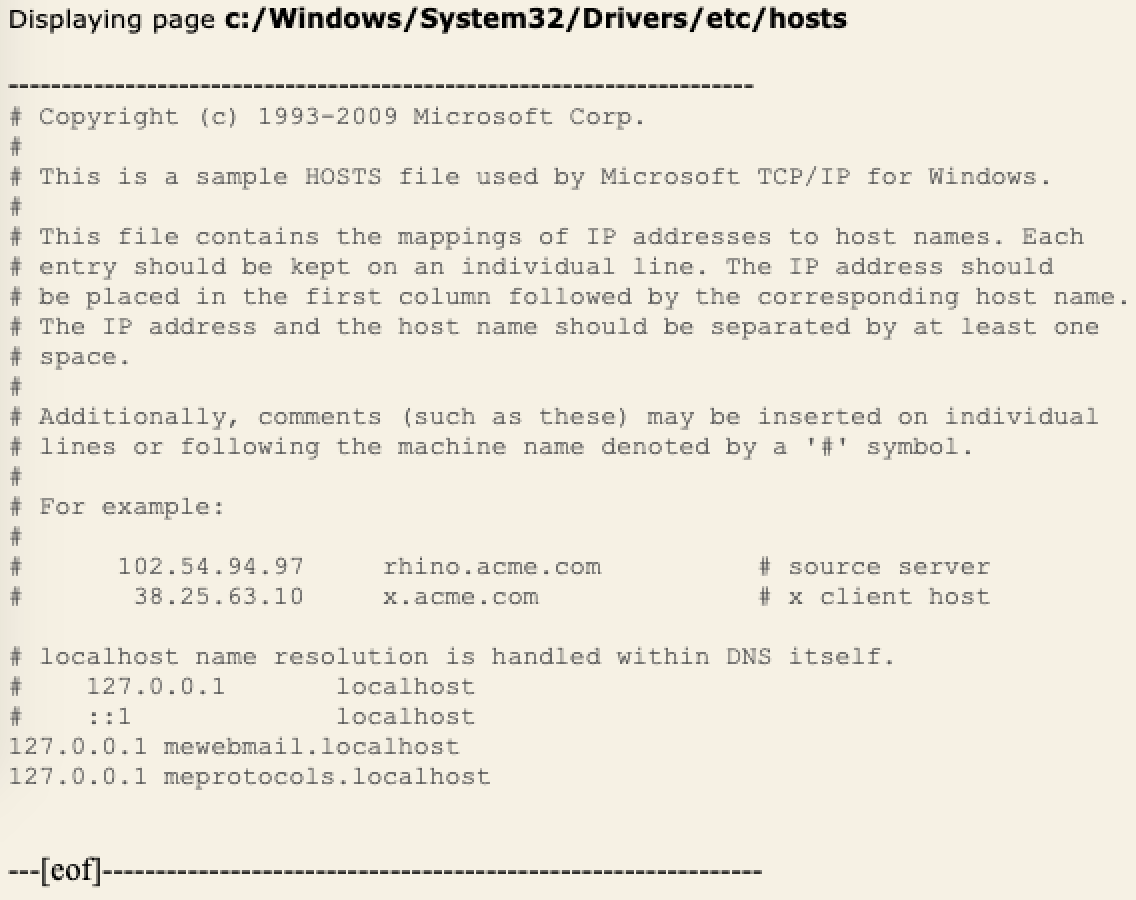
Enumeration for fun and profit
What I did
This is where my senior asked me to jump in and help:
I noticed the naming convention of certain backend files were XXX<word>.xxx
Using the big.txt and Burp Intruder, I ran a bruteforcer for files on the filesystem and quite a number of them came back with a 200 result!
http://some.domain.com/xxx/XXXXXXbase.xxxxxx
http://some.domain.com/xxx/XXXXXXBase.xxxxxx
http://some.domain.com/xxx/XXXXXXLogin.xxxxxx
http://some.domain.com/xxx/XXXXXXaca.xxxxxx
http://some.domain.com/xxx/XXXXXXbase.xxxxxx
http://some.domain.com/xxx/XXXXXXbmp.xxxxxx
http://some.domain.com/xxx/XXXXXXcalc.xxxxxx
http://some.domain.com/xxx/XXXXXXcam.xxxxxx
http://some.domain.com/xxx/XXXXXXcat.xxxxxx
http://some.domain.com/xxx/XXXXXXcfm.xxxxxx
http://some.domain.com/xxx/XXXXXXchm.xxxxxx
http://some.domain.com/xxx/XXXXXXcmt.xxxxxx
http://some.domain.com/xxx/XXXXXXcom4.xxxxxx
http://some.domain.com/xxx/XXXXXXcom3.xxxxxx
http://some.domain.com/xxx/XXXXXXcom2.xxxxxx
http://some.domain.com/xxx/XXXXXXcom.xxxxxx
http://some.domain.com/xxx/XXXXXXcre.xxxxxx
http://some.domain.com/xxx/XXXXXXcrc.xxxxxx
http://some.domain.com/xxx/XXXXXXcrm.xxxxxx
http://some.domain.com/xxx/XXXXXXcrl.xxxxxx
http://some.domain.com/xxx/XXXXXXcrs.xxxxxx
http://some.domain.com/xxx/XXXXXXcrp.xxxxxx
http://some.domain.com/xxx/XXXXXXday.xxxxxx
http://some.domain.com/xxx/XXXXXXddl.xxxxxx
http://some.domain.com/xxx/XXXXXXdep.xxxxxx
http://some.domain.com/xxx/XXXXXXenq.xxxxxx
http://some.domain.com/xxx/XXXXXXfds.xxxxxx
http://some.domain.com/xxx/XXXXXXfd.xxxxxx
http://some.domain.com/xxx/XXXXXXfrm.xxxxxx
http://some.domain.com/xxx/XXXXXXfsm.xxxxxx
http://some.domain.com/xxx/XXXXXXias.xxxxxx
http://some.domain.com/xxx/XXXXXXinv.xxxxxx
http://some.domain.com/xxx/XXXXXXlogin.xxxxxx [!]
http://some.domain.com/xxx/XXXXXXmenu.xxxxxx [!]
http://some.domain.com/xxx/XXXXXXmlm.xxxxxx
http://some.domain.com/xxx/XXXXXXmsg.xxxxxx
http://some.domain.com/xxx/XXXXXXopen.xxxxxx
http://some.domain.com/xxx/XXXXXXops.xxxxxx
http://some.domain.com/xxx/XXXXXXprd.xxxxxx
http://some.domain.com/xxx/XXXXXXpri.xxxxxx
http://some.domain.com/xxx/XXXXXXprp.xxxxxx
http://some.domain.com/xxx/XXXXXXpw.xxxxxx
http://some.domain.com/xxx/XXXXXXrel.xxxxxx
http://some.domain.com/xxx/XXXXXXrom.xxxxxx
http://some.domain.com/xxx/XXXXXXron.xxxxxx
http://some.domain.com/xxx/XXXXXXrpt.xxxxxx
http://some.domain.com/xxx/XXXXXXsam.xxxxxx
http://some.domain.com/xxx/XXXXXXsem2.xxxxxx
http://some.domain.com/xxx/XXXXXXsem.xxxxxx
http://some.domain.com/xxx/XXXXXXsim.xxxxxx
http://some.domain.com/xxx/XXXXXXsorry.xxxxxx
Developer Banter
Not sure if this was the original devs or the client’s software devs but they have some really interesting UX choices! 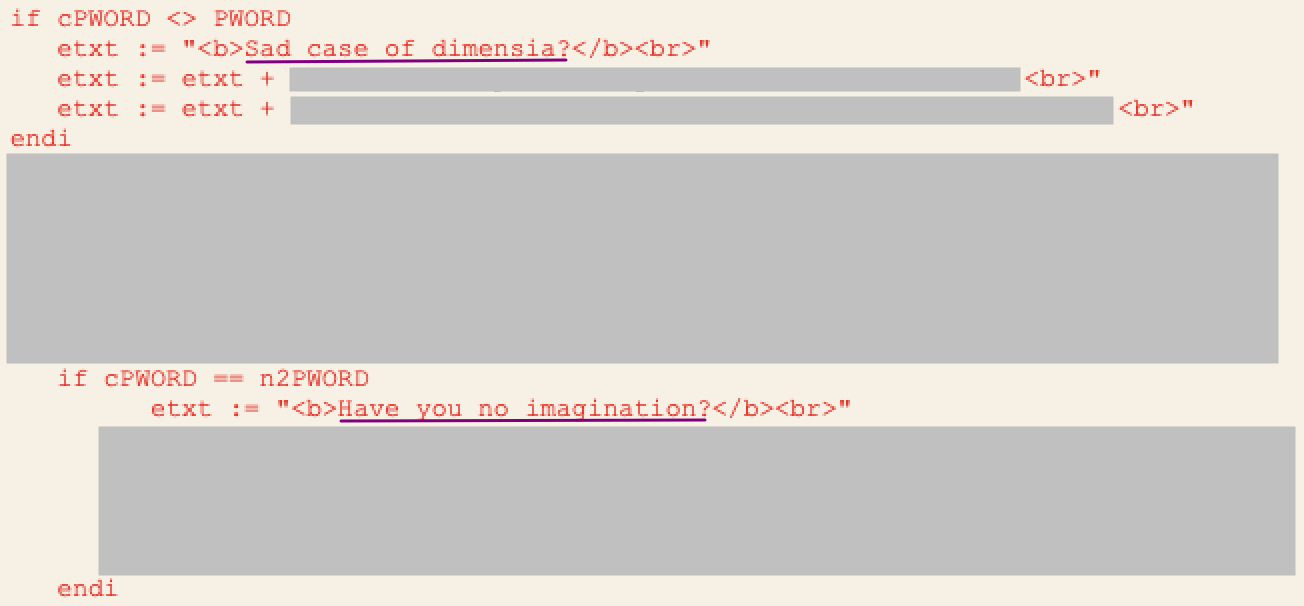
Interesting authentication
Most files which require authentication would have this at the top of file: 
This led to the discovery that the webapp authenticates on a page-by-page basis using *gasp* username and password in the query string ![]()
It can’t be that easy… right?
After a few hours of combing through files, my senior had previously given a list of usernames that was found when performing account enumeration through inconsistent login messages.
The webapp would give a different response when a username was valid but password was incorrect
b****
b****
d*****
india [!]
j***
j****
l****
l***
l******
p****
p****
s****
s*****
t***
When reading the source of the XXXXXXmenu.xxx file above,
I realised the username INDIA (not actual username) was hardcoded here… ![]()

From there, he suggested I try this username on the earlier discovered page to see what happens…
It Was
Whelp, using the following URL:
https://some.domain.com/XXX/XXXXXXXXmenu.xxx?userid=INDIA&pword=<anything>
will grant you FULL access to the internal menu that the system uses: 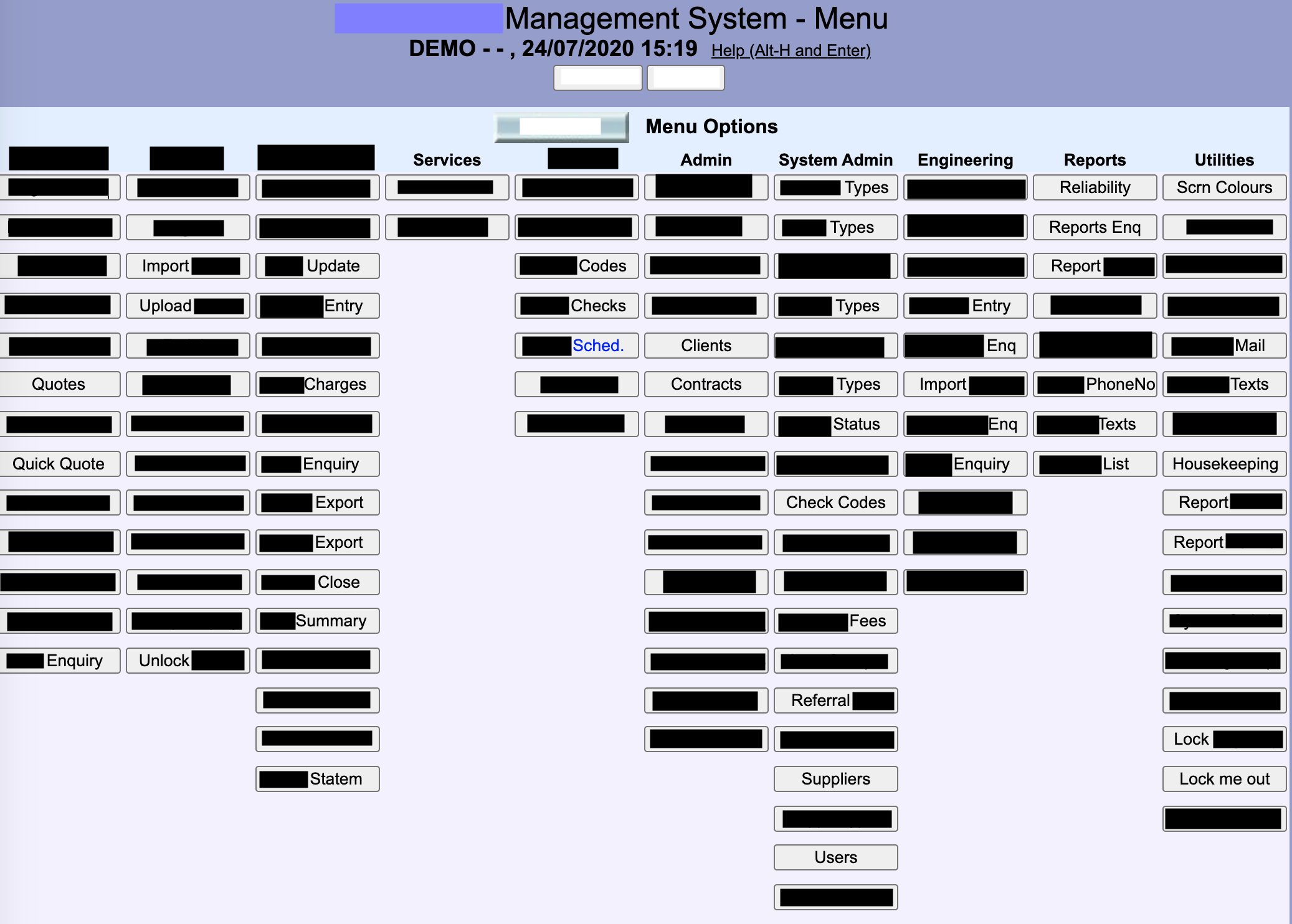
We’re In
It was bad enough that a user was hardcoded in, but this was a superuser which meant that we could do anything we wanted to maintain persistence:
- Add new users
- Change password of the current user
- Delete/Lock all other user accounts
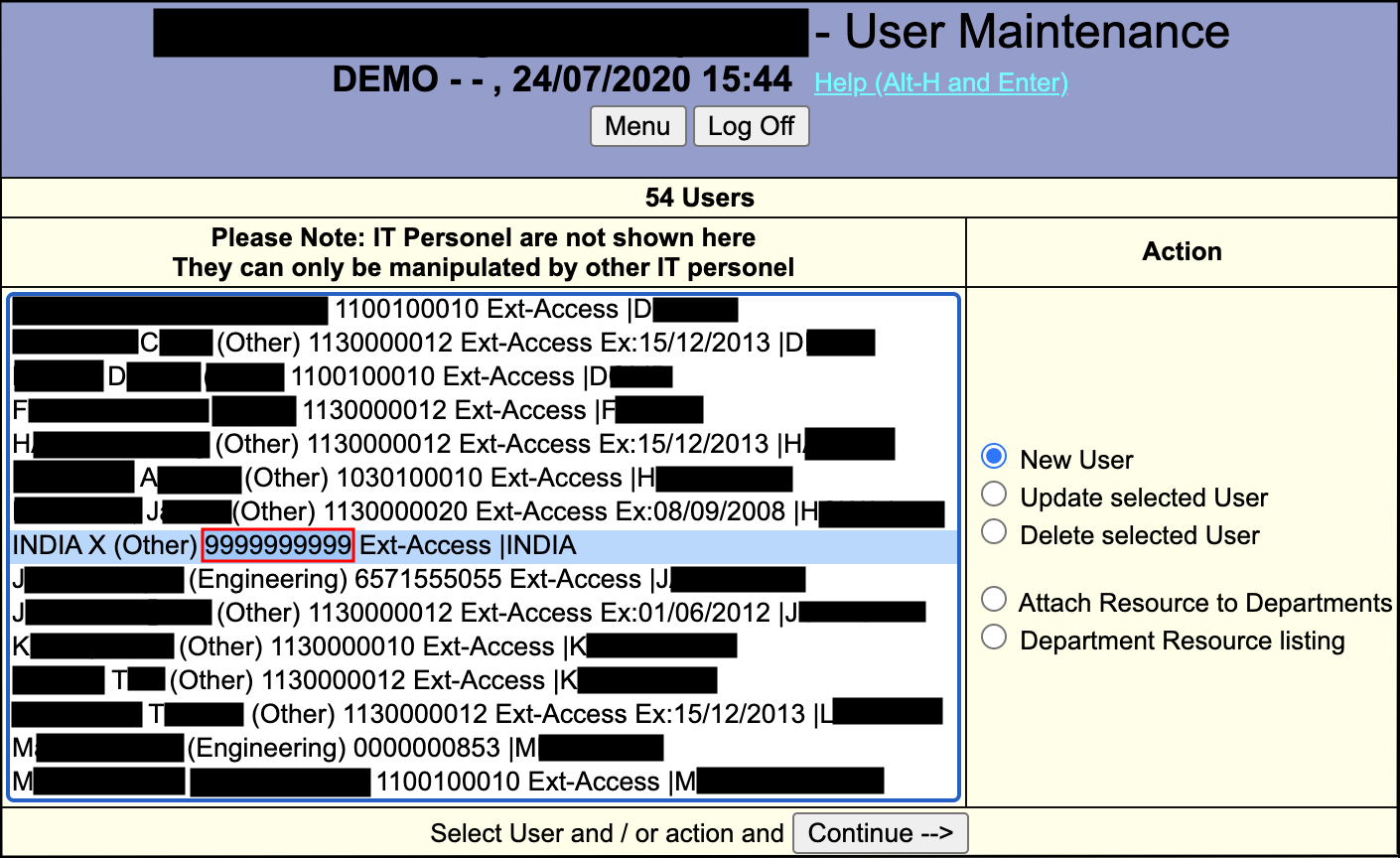
Impact?
Possible scenarioes a real attacker could have done:
(theres tons more but this is just the surface)
- Invoiced a whole bunch of client companies leading to financial losses
- Leaked all PII of any employees found in the dashboard
- Leaked all confidential data regarding the multitude of services offered
- Cancel or deliberately edit routes to disrupt services
- Use internal mail system and phish users to pivot to other systems
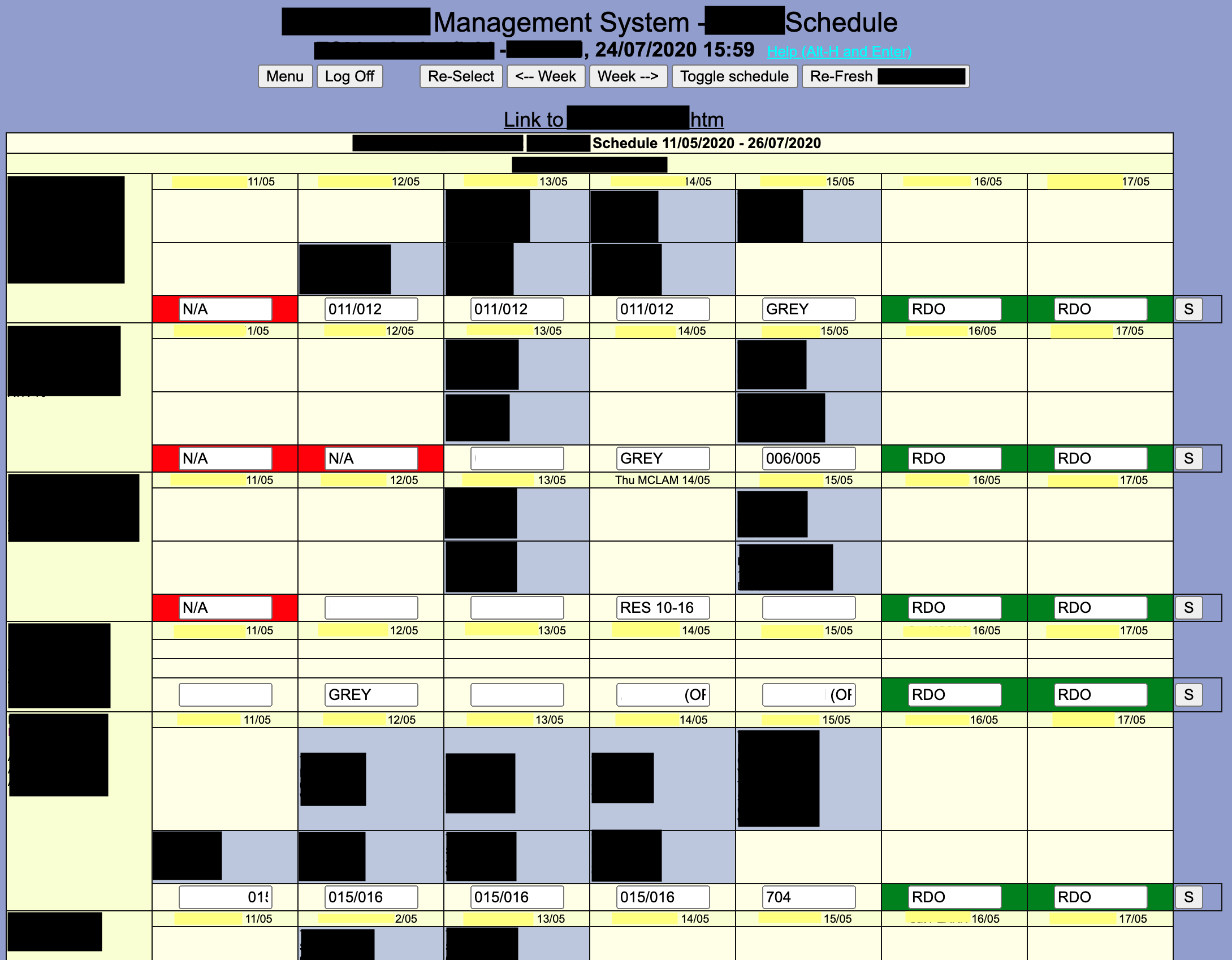
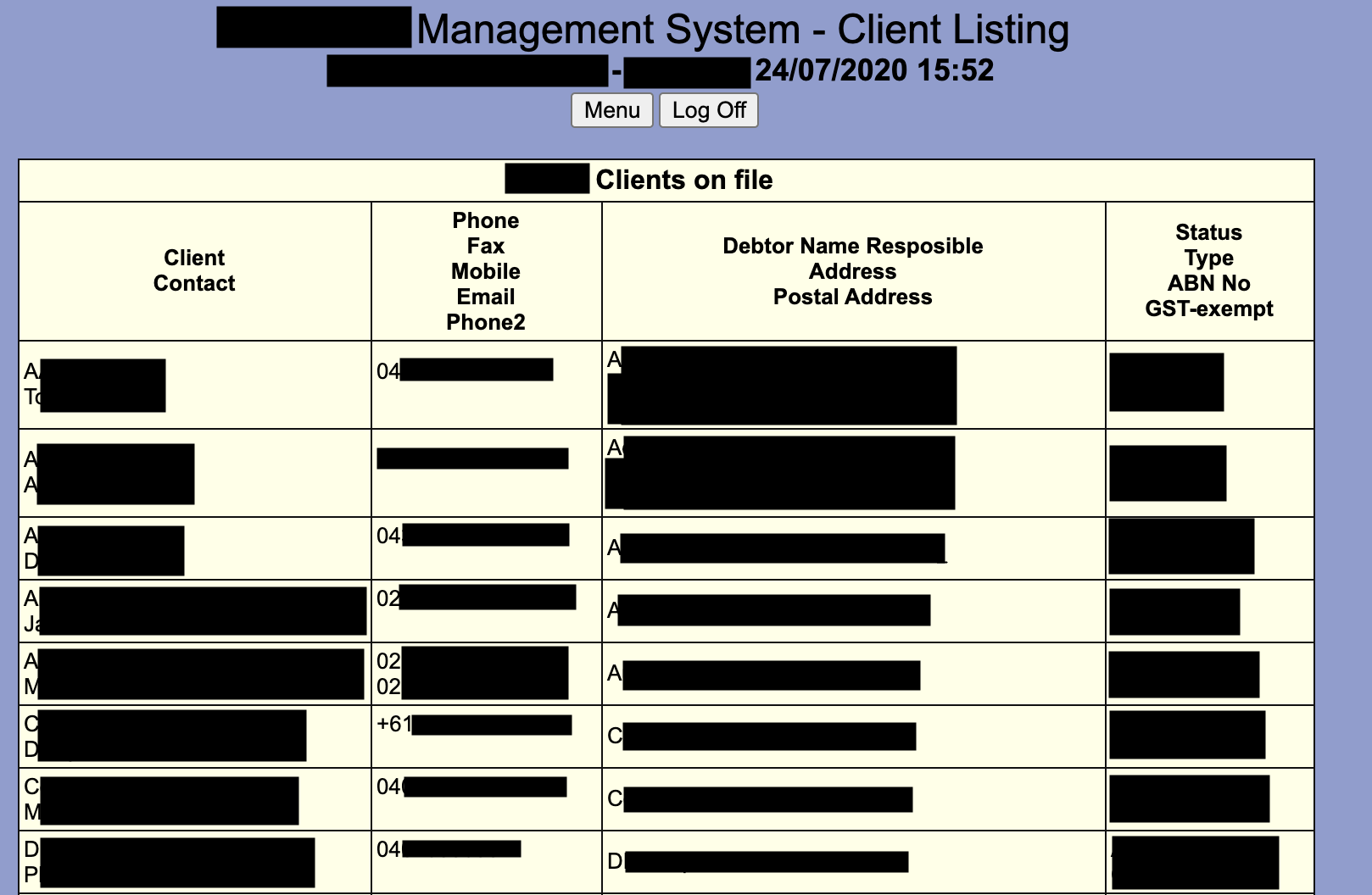
Conclusion
That night, my senior emailed the client who then went to confirm the issue:


They later confirmed that it was a third-party site which was vital to their operations!!! ![]()
![]()
Within a few hours, the login page was now replaced with this message:  which gives me confidence that they are working on migrating away from this garbage fire application once and for all.
which gives me confidence that they are working on migrating away from this garbage fire application once and for all. ![]()
I’m super happy I helped out because this finding was the most critical in the final report as well and I had helped in discovering it